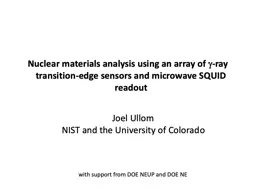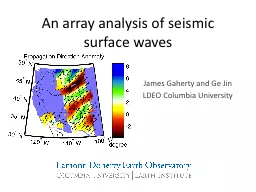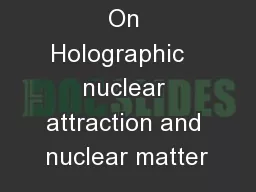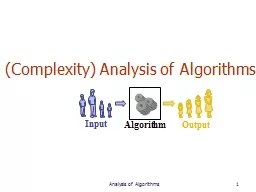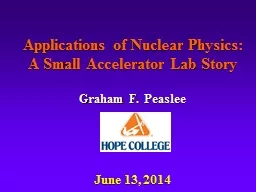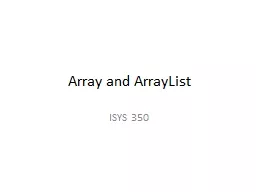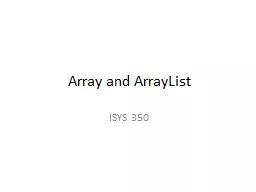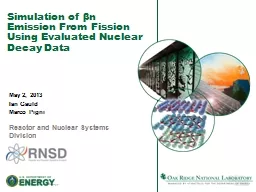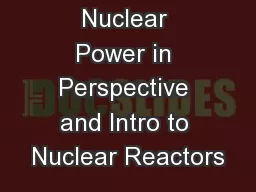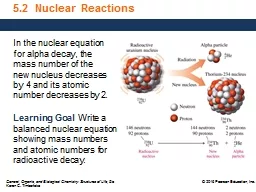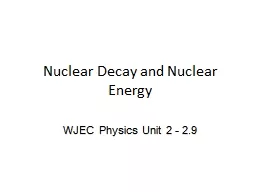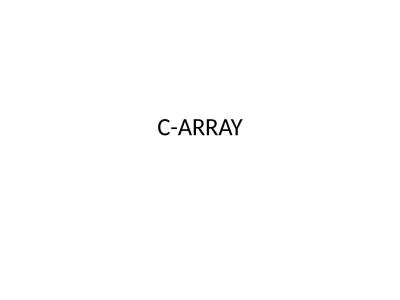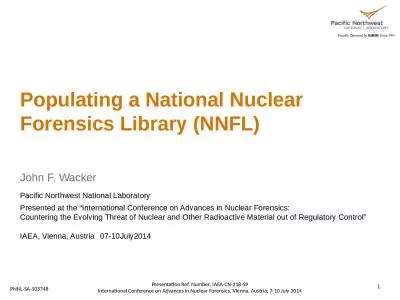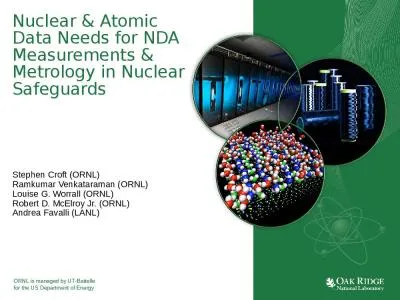PPT-Nuclear materials analysis using an array of
Author : pinperc | Published Date : 2020-07-02
g ray transitionedge sensors and microwave SQUID readout Joel Ullom NIST and the University of Colorado with support from DOE NEUP and DOE NE 1 Contributors B K
Presentation Embed Code
Download Presentation
Download Presentation The PPT/PDF document "Nuclear materials analysis using an arra..." is the property of its rightful owner. Permission is granted to download and print the materials on this website for personal, non-commercial use only, and to display it on your personal computer provided you do not modify the materials and that you retain all copyright notices contained in the materials. By downloading content from our website, you accept the terms of this agreement.
Nuclear materials analysis using an array of: Transcript
Download Rules Of Document
"Nuclear materials analysis using an array of"The content belongs to its owner. You may download and print it for personal use, without modification, and keep all copyright notices. By downloading, you agree to these terms.
Related Documents

